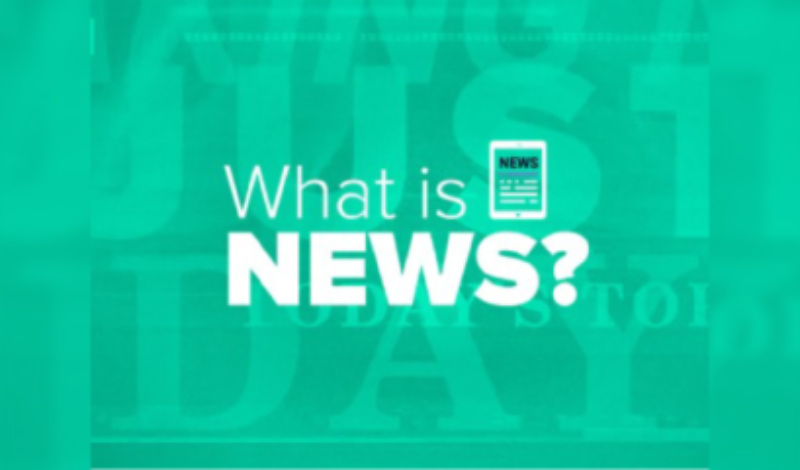
News judges
In this lesson, students use four key criteria to explore how journalists determine which events to cover.
The historic upheaval that dominated previous headlines — including a global pandemic, a national reckoning over racial injustice, a contentious presidential election and the insurrection at the U.S. Capitol — underscored the deep divides separating much of the country and the world. In such a polarized era, partisanship and vitriol can easily seep into the classroom when current events come up.
But the challenges of teaching news literacy in today’s polarized climate — including charged reactions from students and parents over controversial news events — also present opportunities for learning and growth.
These eight strategies can help you teach the most important stories and issues of the day while navigating social and political differences to make classroom conversations worthwhile:
In addition to these eight tips, this infographic includes classroom ideas and hyperlinked resources to help put these strategies into action.
Teaching news literacy amid so many controversial news events and political polarization can feel overwhelming, but approaching classroom discussions with these strategies in mind can help defuse partisanship while empowering students to identify credible news and information.
In this lesson, students use four key criteria to explore how journalists determine which events to cover.
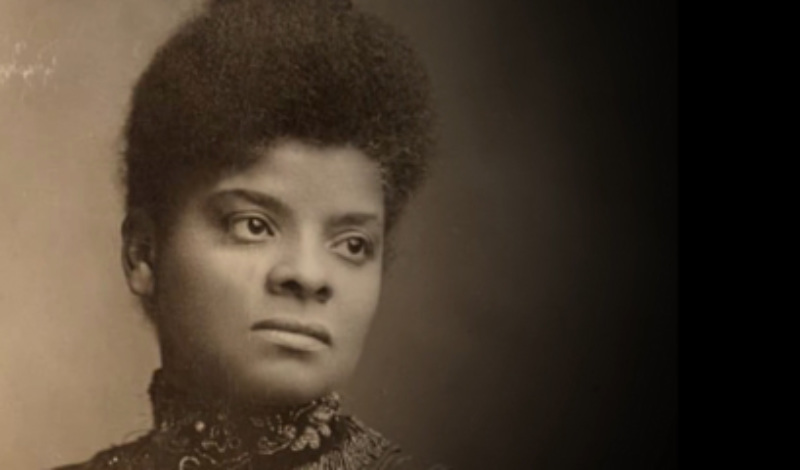

In this lesson, students learn about the vital role the First Amendment protections of free speech.
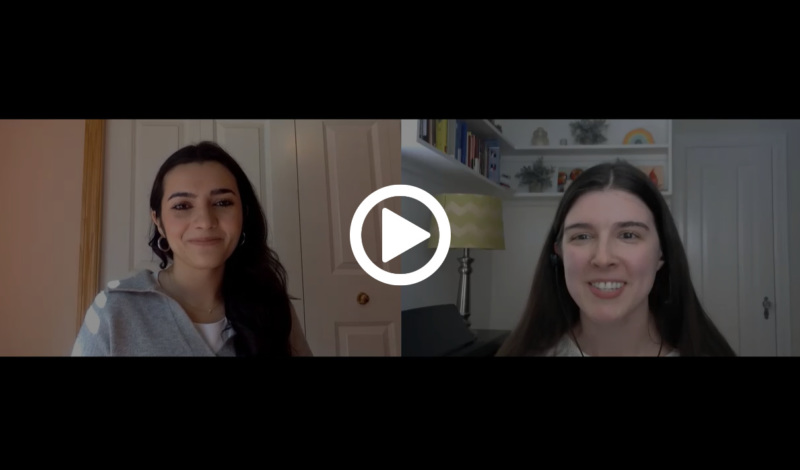

This week, we talk to Washington Post reporter María Luisa Paúl about her recent story on 7-year-old Tariq, whose
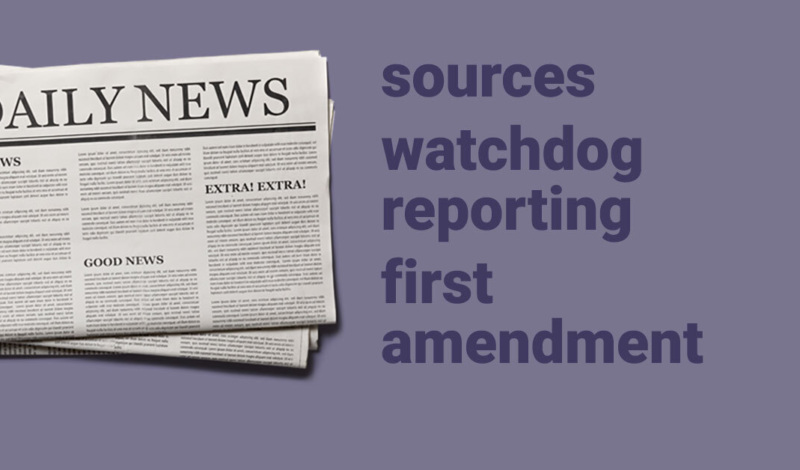

Let's examine an editor’s note published online on Sept. 27, 2020, that accompanied a New York Times investigation into President Donald Trump’s taxes and
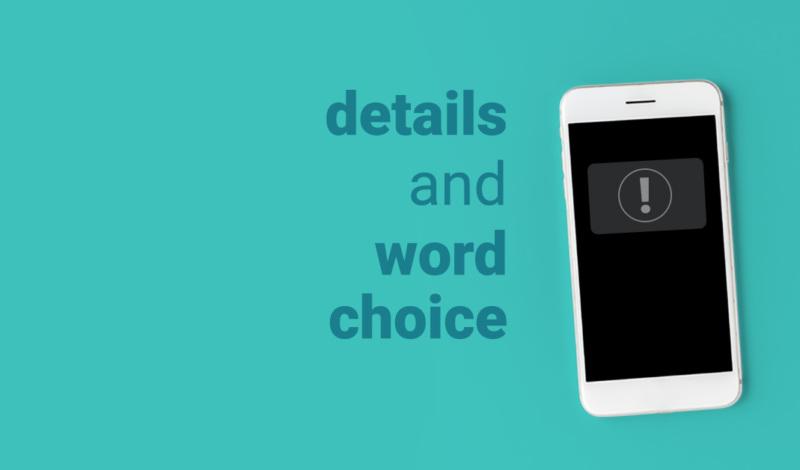

Let’s use our news goggles to examine news alerts and consider what factors shaped their wording in journalists’ efforts



